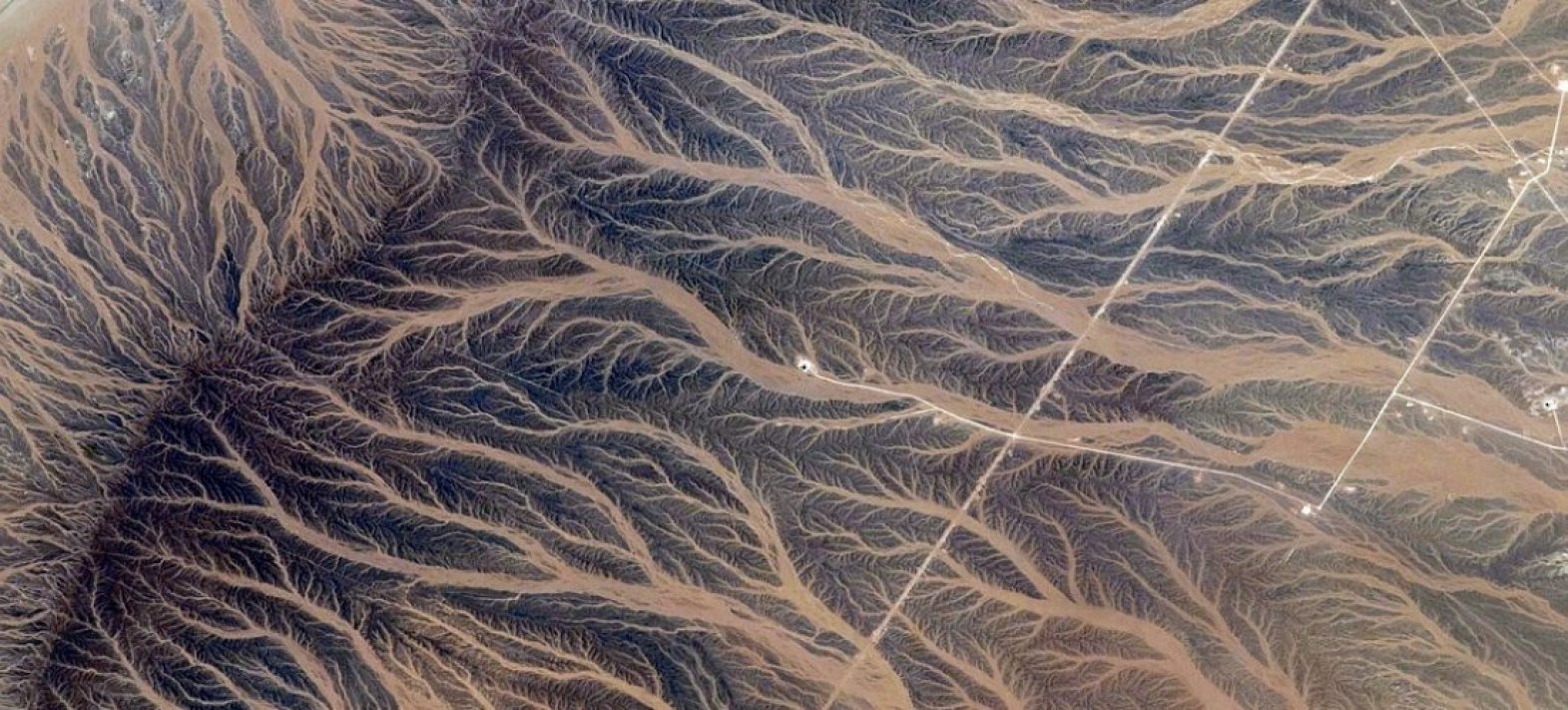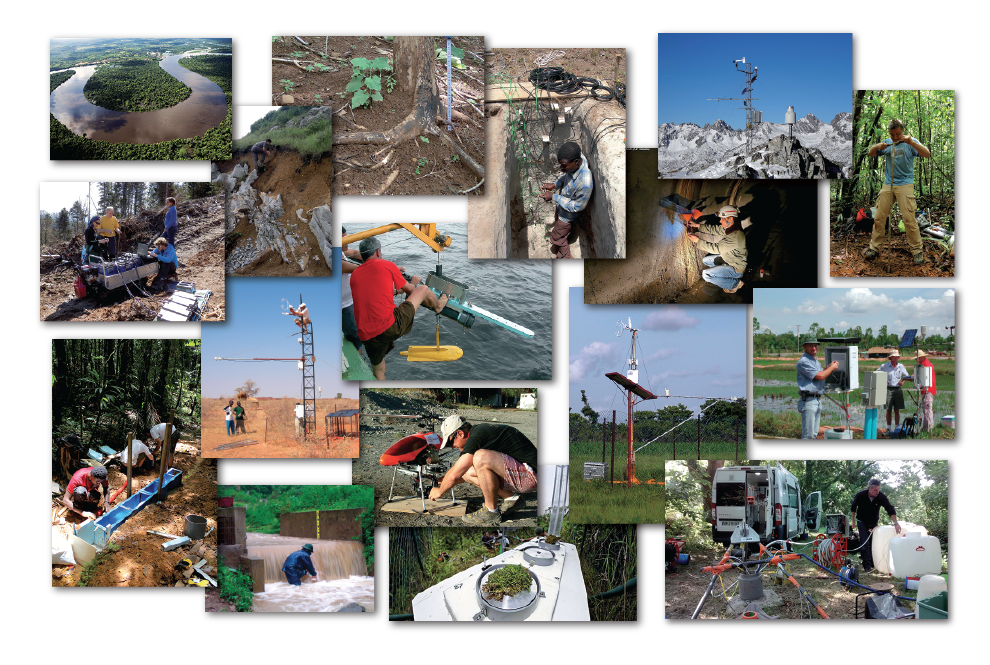OZCAR, Critical Zone Observatories: Research and Applications

OZCAR is supported by the French Ministry of Education and Research and, includes more than 60 highly instrumented sites/observatories for long-term measurements of biological, chemical and physical parameters of groundwater, river water, glaciers, soils, and wetlands in France and overseas. Each observatory focuses on one or more components of the Critical Zone but importantly OZCAR is covering most of the lateral and vertical compartments of the Critical Zone from mountains to costal areas.
These sites/observatories, funded by different research institutes, including universities, have been set up formerly to answer a local/regional scientific issue (ie. flood event prediction, acid rain resilience…) but they all share the overarching question issue of predicting the response of the CZ to perturbation ranging from the second to the millions of year.
They all aim at seeking and understanding the dynamic architecture of the CZ, identifying the elementary processes in order to determine mass and energy budgets, to be implemented in numerical predictive models.
OZCAR’s crosscutting scientific approach to sites and disciplines using the breadth and richness of its observatories from mountains to costal areas will allow:
- Concepts and instruments to be exchanged
- To test hypotheses
- To construct realistic predictive models of Earth’s surface evolution in response to global change at the local scale.
Through environmental data portal and modeling platforms, OZCAR is not only a research infrastructure open to the scientific community, it is also aiming at advising policy makers and stakeholders on the water, soil, and biodiversity resource and the landscape scale.

OZCAR also has observation sites in 18 countries in North Africa, West Africa, south-east Asia, India, Amazonia, the Andes, Artic, Antarctica, and Himalayas.
OZCAR has a wide range of observations to study the Critical Zone in different contexts:
- climate (oceanic, continental, mountainous, Mediterranean, tropical, polar),
- lithology (granites, schists, volcanic formations, limestone and sedimentary basins),
- land use/land cover (tropical, Mediterranean, mountainous forest; more or less intensive agriculture, peatland, urbanized areas, snow and ice areas).



